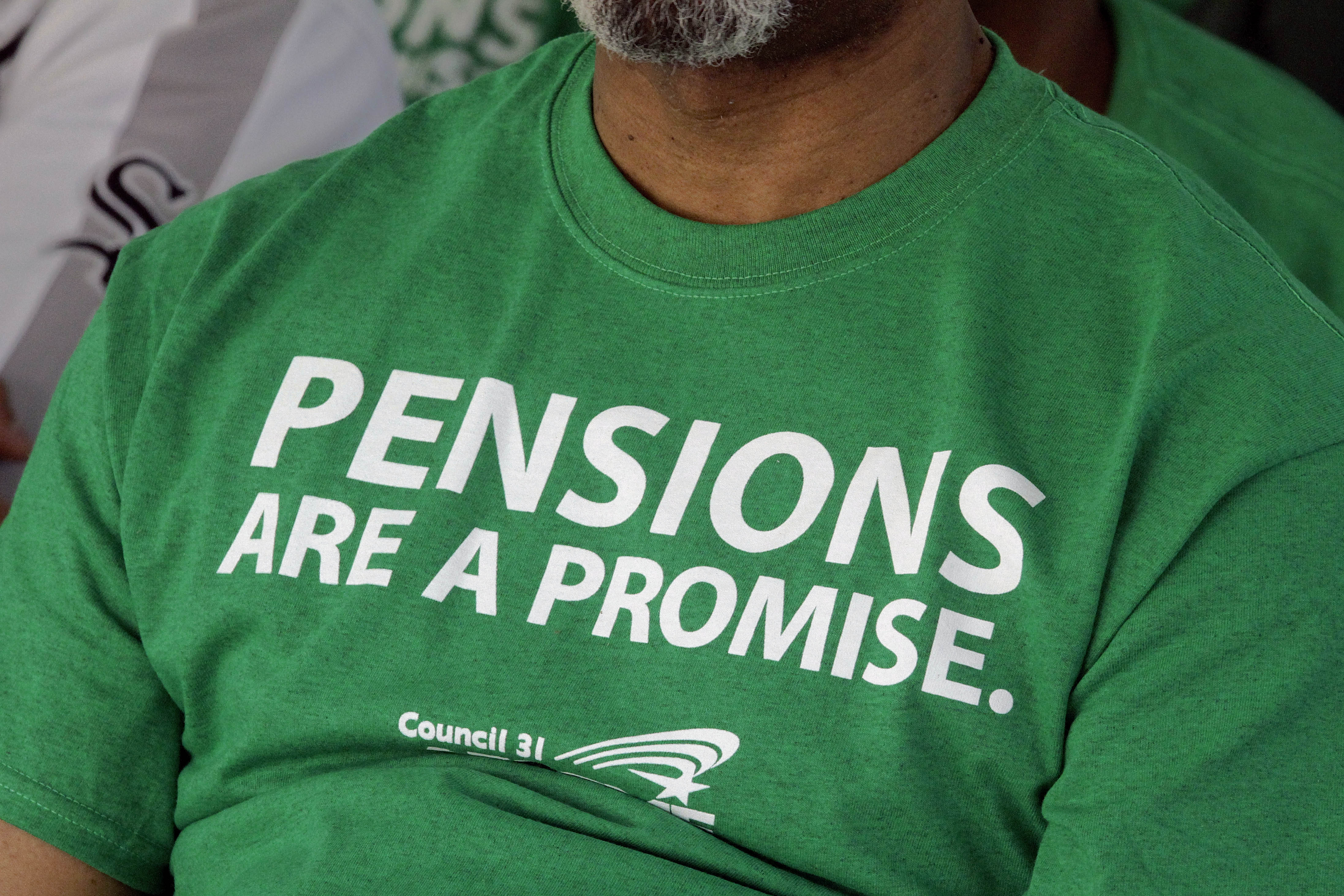The Olympics are here in all of their fist-pumping, flag-waving, Bob Costas-narrated glory, and I’m hooked. The games hold a special place in my heart: They are one of the few places in American sports where women get equal billing, they feature athletes who have overcome incredible odds—like Yusra Mardini, whose swimming saved the lives of nearly twenty refugees, and Chris Mosier, the first out transgender Olympian—and they have more drama than actual feature films.
And I can’t lie, one of my favorite parts of the Olympics is learning the athletes’ backstories. Commentators have botched some of this year’s big stories—NBC’s announcers credited Katinka Hosszú’s husband with her record-breaking success, and refused to acknowledge that Simone Biles’ adoptive parents are, in fact, her parents—but the athletes themselves are amazing. Their stories underscore the adversity many athletes—especially those who come from low-income or less privileged backgrounds—have faced to make the team. And they showcase the diversity of American families.
Get TalkPoverty In Your Inbox
Far too many Americans, including policymakers, have a deeply flawed understanding of American families—largely informed by historical narratives that were never really true—that privileges a certain kind of family. That’s why highlighting the diversity of families of the Olympic athletes is invaluable. It’s one of the few times immigrant families, single mother families, families of color, LGBT families, and people with disabilities and their families are lauded and cheered by their nation.
Here are five Olympians whose personal stories highlight—and honor—the diversity of modern American families:
1. Simone Biles
Simone Biles is a gymnastics phenom, and arguably the breakout star of the Olympics—she has already won three gold medals in Rio and is poised to win more before the end of the games. As a child, Biles and her sister spent time in foster care before they were adopted more than a decade ago. Since Biles and her sister were already related to their adoptive parents, her family was formed through what is often called kinship or relative adoption—just one of many ways adoptions bring families together. Biles’ story highlights the fact that, as her father said, adoption “is a wonderful thing.”
2. Carlos Balderas
Carlos Balderas’ father took him to a boxing gym as punishment for fighting when he was 7 years old. Now, after years of coaching by his father and uncle, Balderas is one the U.S.’s top boxers. He’s also a first generation Mexican-American whose grandfather worked—and at times, slept—in strawberry fields trying to earn enough money to bring his family to America. Balderas said, “My family came from nothing… It feels like, this is sort of a way to pay them back.”
3. Elena Delle Donne
Basketball star Elena Delle Donne is a rookie Olympian, and one of 43 LGBT athletes representing the U.S. in Rio. She’s also the proud sister of Lizzie, who is deaf and blind and has cerebral palsy and autism. Delle Donne acknowledges the challenges of having a close family member with a disability but also celebrates the joys, writing that Lizzie “inspires me…[and] has taught me more than anyone in my life.”
4. Elizabeth Baker
Paratriathlete Elizabeth Baker will be representing the U.S. at the Paralympic games in Rio in September. Baker, who has a visual impairment, only started doing triathlons in 2004. When her eyesight began deteriorating in college Baker didn’t want to be underestimated: “I didn’t want anyone to count me out because they thought I couldn’t do something; I wanted to make those decisions.” Baker will be cheered on by her spouse and two children, whose support she credits as integral to her success.
5. Michael Phelps
Michael Phelps, history’s most decorated Olympian, is a household name—and his mom, Debbie Phelps, is nearly as famous for her enthusiastic support. Raising Michael and his sisters as a single mom, she’s been on hand for countless victories over the years. This year, though, the Phelps cheering section looks at little different—it includes his fiancée, Nicole Johnson, and their son Boomer. Phelps’ take on becoming a new dad just months before the games? “It’s still crazy…it’s just awesome.”
These athletes—and many others like them—are a credit to their families and their country on the world’s biggest stage. Their diverse backgrounds clearly demonstrate there is no one right way to be a family—and that the constellation of people who love and support you can take a lot of shapes.
I’m not crying, you’re crying.













